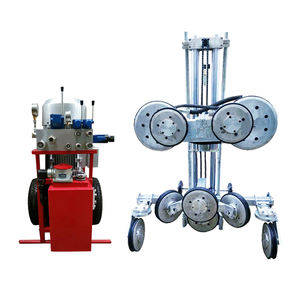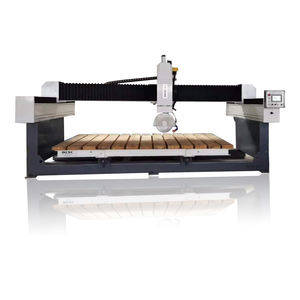The Releated Products of Quartz Stone Cutting
Quartz Stone Cutting
Quartz Stone Cutting: Precision, Techniques, and Applications
Quartz Stone Cutting Equipment
Quartz stone cutting requires specialized tools and machinery to achieve precise results while maintaining the integrity of the material. Commonly used equipment includes diamond blades, waterjet cutters, and bridge saws. Diamond blades are essential for cutting through the hard surface of quartz, providing clean and accurate cuts. Waterjet cutting technology uses a high-pressure stream of water mixed with an abrasive substance, allowing for intricate designs and complex shapes to be cut into quartz slabs. Bridge saws, equipped with diamond-tipped blades, offer another effective method for cutting large pieces of quartz stone with precision.
Techniques for Cutting Quartz Stone
Understanding the right techniques for cutting quartz stone can make all the difference in achieving a flawless finish. It is important to mark the cutting line accurately on the stone before beginning any cuts. Wet cutting is preferred over dry cutting as it helps reduce dust and keeps the blade cool, extending its life. Additionally, using a guide or template ensures straight lines and consistent dimensions. When cutting curved edges or detailed patterns, slow and steady movements prevent chipping and maintain the beauty of the quartz.
Safety Precautions in Quartz Stone Cutting
Safety must always come first when working with quartz stone. Proper protective gear, including safety glasses, gloves, and respirators, should be worn to protect against flying debris and dust inhalation. Dust extraction systems are crucial in minimizing silica dust exposure, which can cause serious health issues if inhaled. Regular maintenance of cutting equipment and ensuring that all tools are functioning correctly before use also contribute to a safer work environment.
Maintenance of Quartz Stone Cutting Tools

The longevity and effectiveness of tools used in quartz stone cutting depend heavily on proper maintenance. After each use, cleaning the diamond blades thoroughly removes residue and prevents damage. Storing tools in a dry place protects them from corrosion and extends their lifespan. Regular inspections for wear and tear allow for timely replacements, ensuring that only sharp and efficient tools are used during the cutting process.
Applications of Quartz Stone Cutting
The versatility of quartz stone makes it ideal for various applications in both residential and commercial settings. Kitchen countertops, bathroom vanities, flooring, and wall cladding are popular uses where durability and aesthetic appeal are paramount. Customized cutting allows for unique designs that can transform spaces, adding elegance and functionality. From sleek modern kitchens to luxurious bathrooms, quartz stone offers endless possibilities for interior design.


Challenges in Quartz Stone Cutting


Despite its many benefits, cutting quartz stone presents several challenges that require skill and experience to overcome. Hardness variations within different types of quartz can affect the cutting process, necessitating adjustments in technique and tool selection. Irregularities in the stone’s structure may lead to unexpected cracking or chipping if not handled carefully. Addressing these challenges through advanced training and use of high-quality equipment ensures successful outcomes in every project.
By focusing on the right equipment, techniques, safety measures, and maintenance practices, professionals can master the art of quartz stone cutting. This mastery opens up a world of creative opportunities, transforming living spaces with the timeless beauty and strength of quartz.
Request for Quotation
报错: 未找到这个表单





